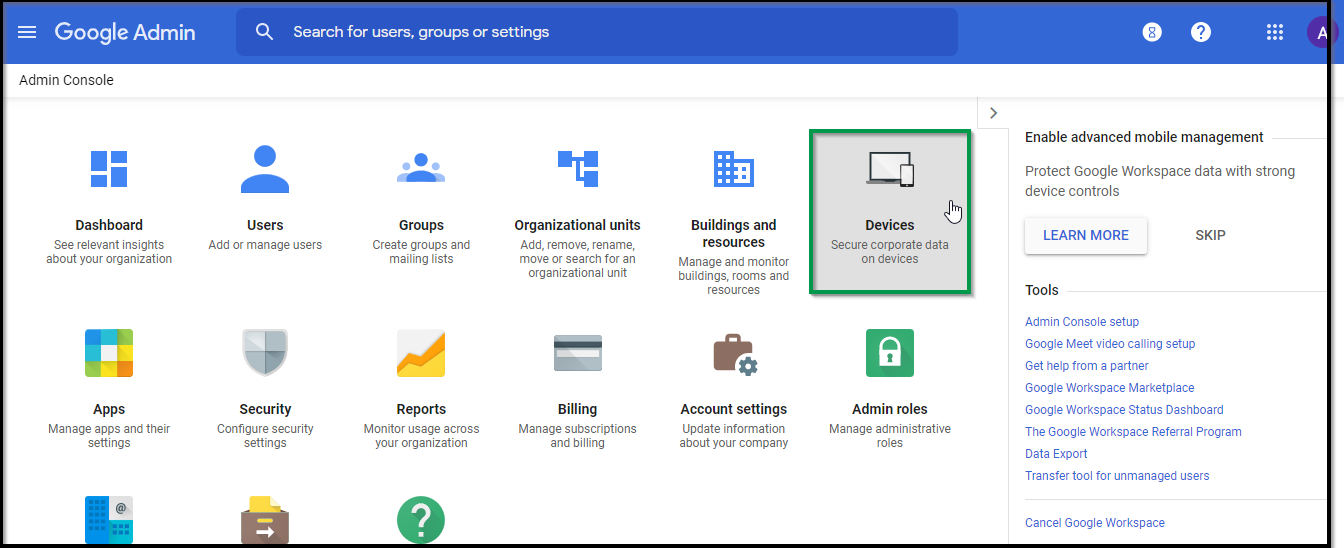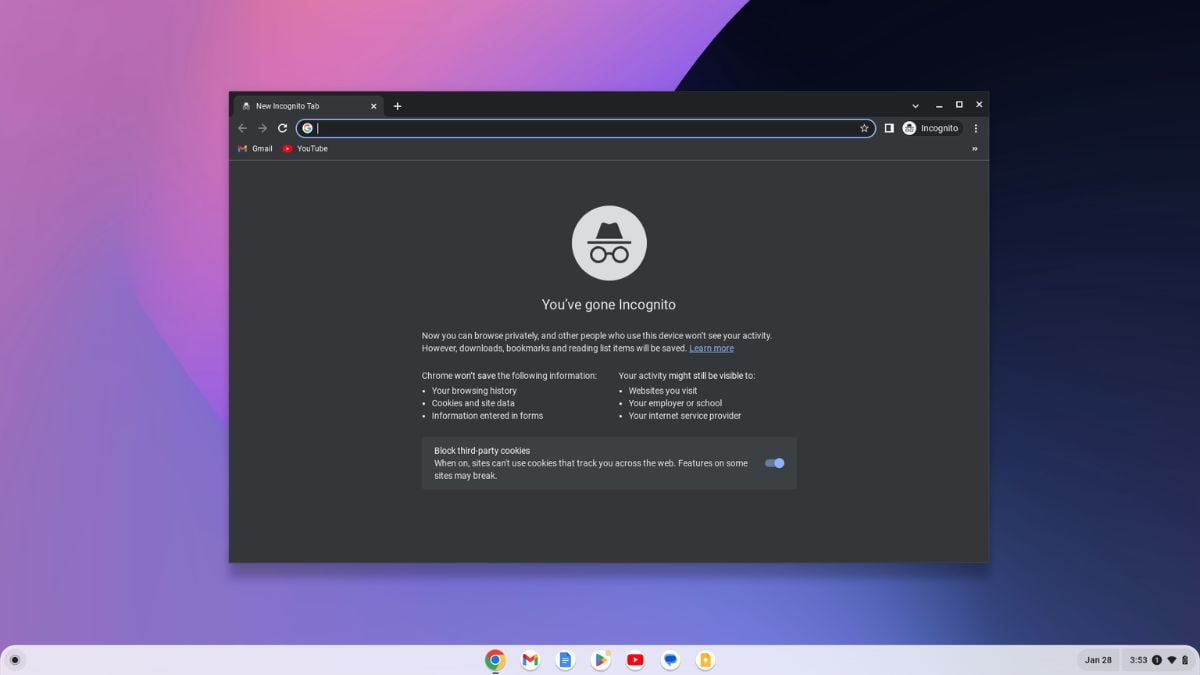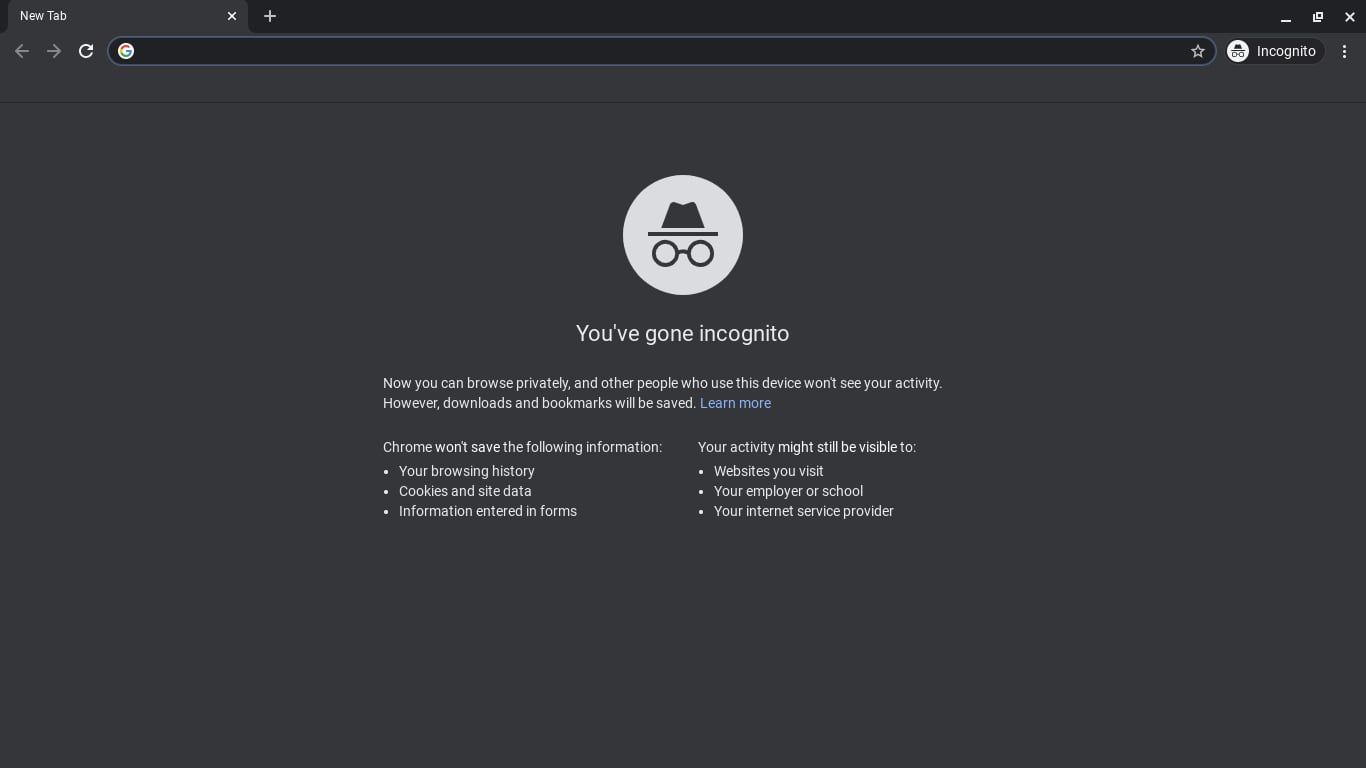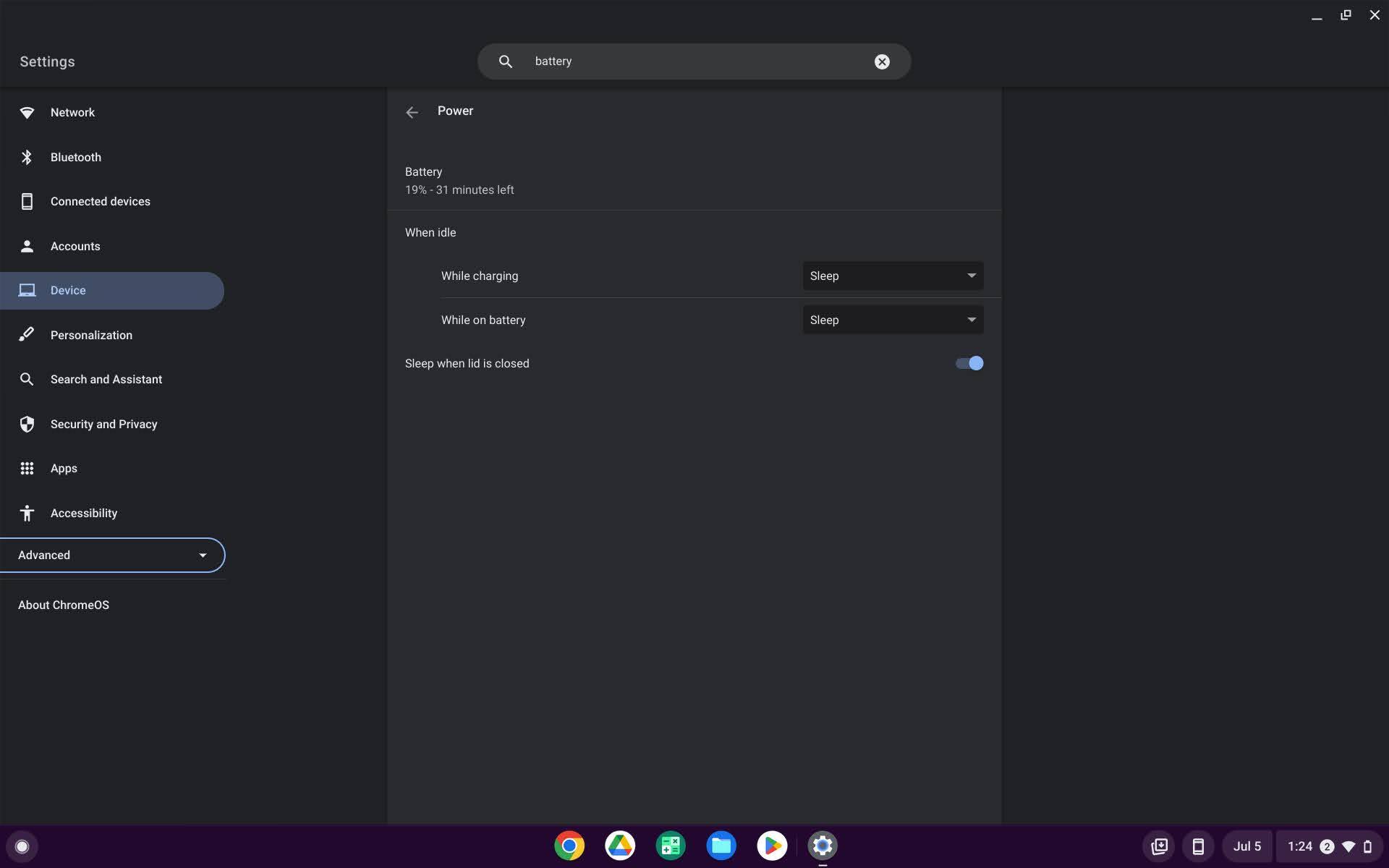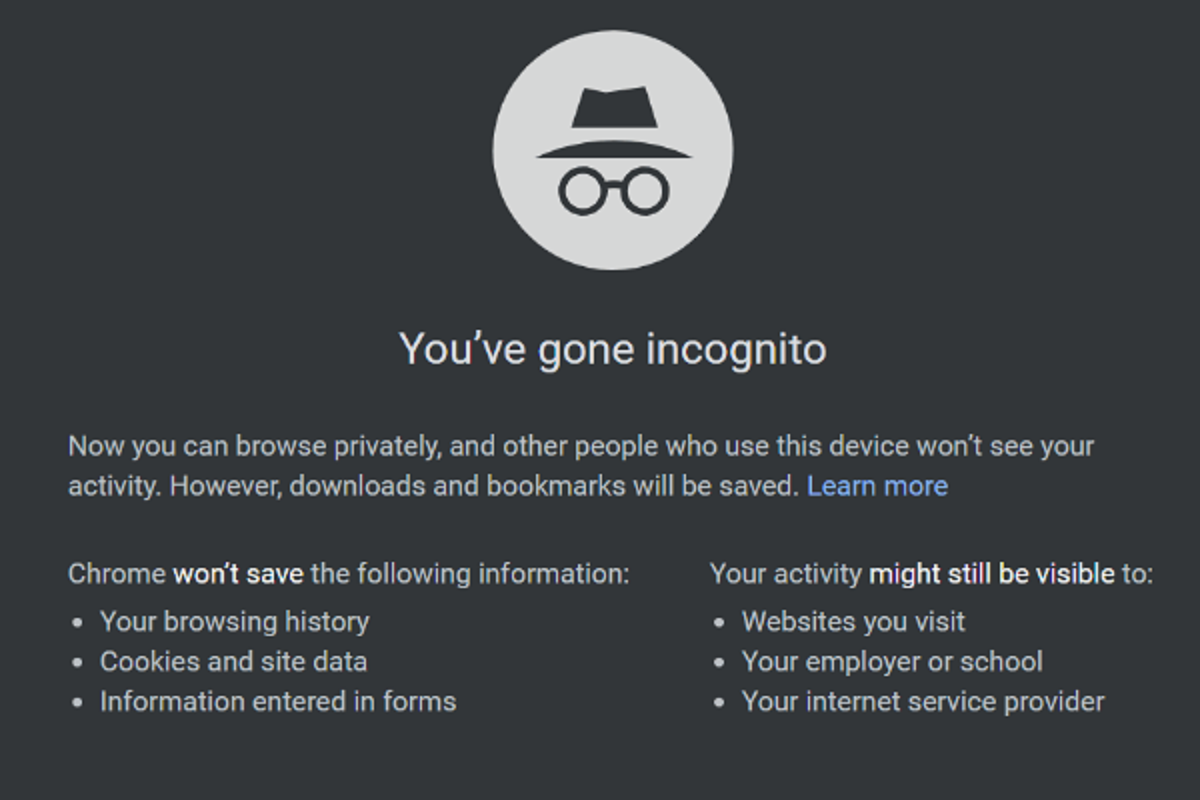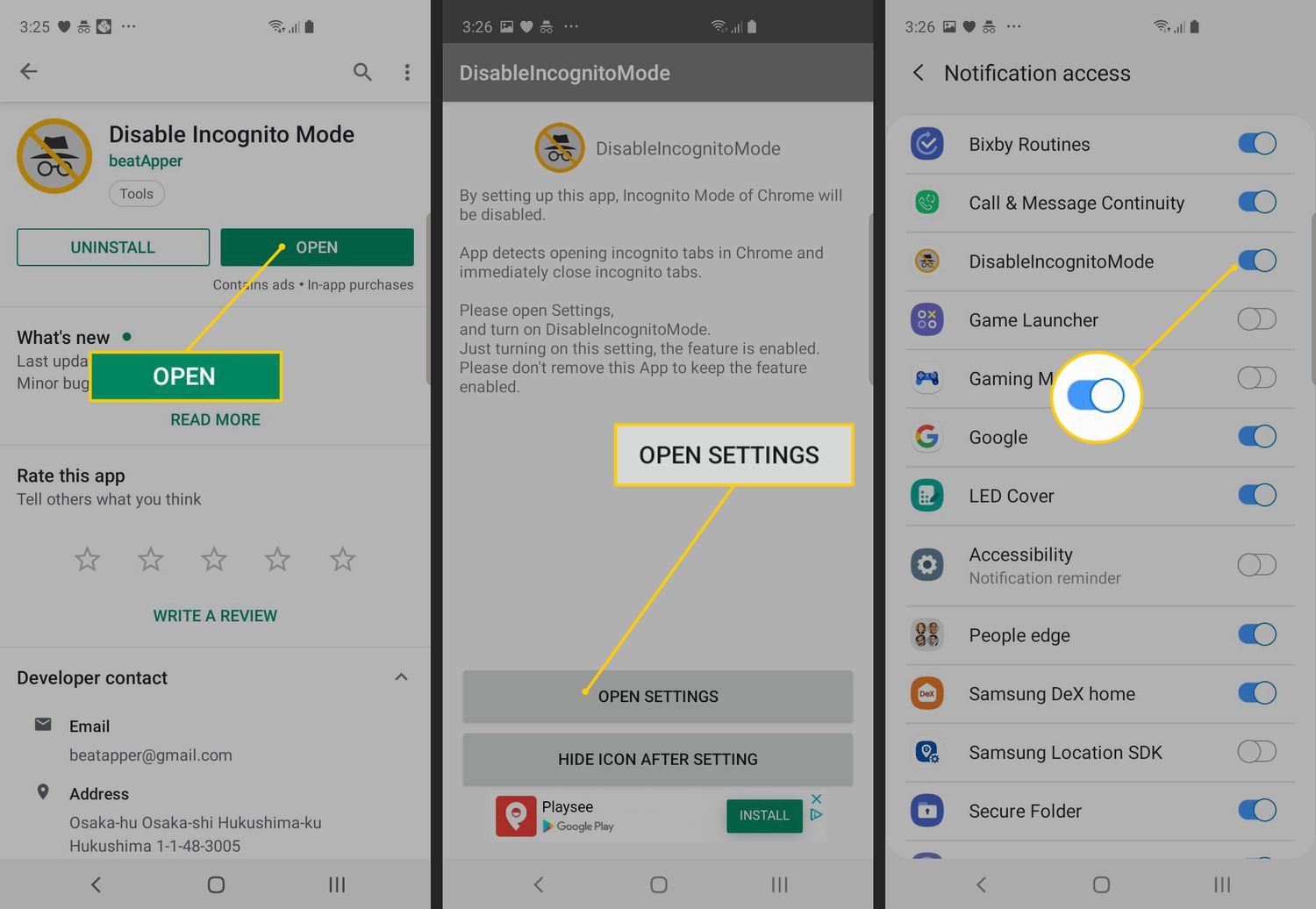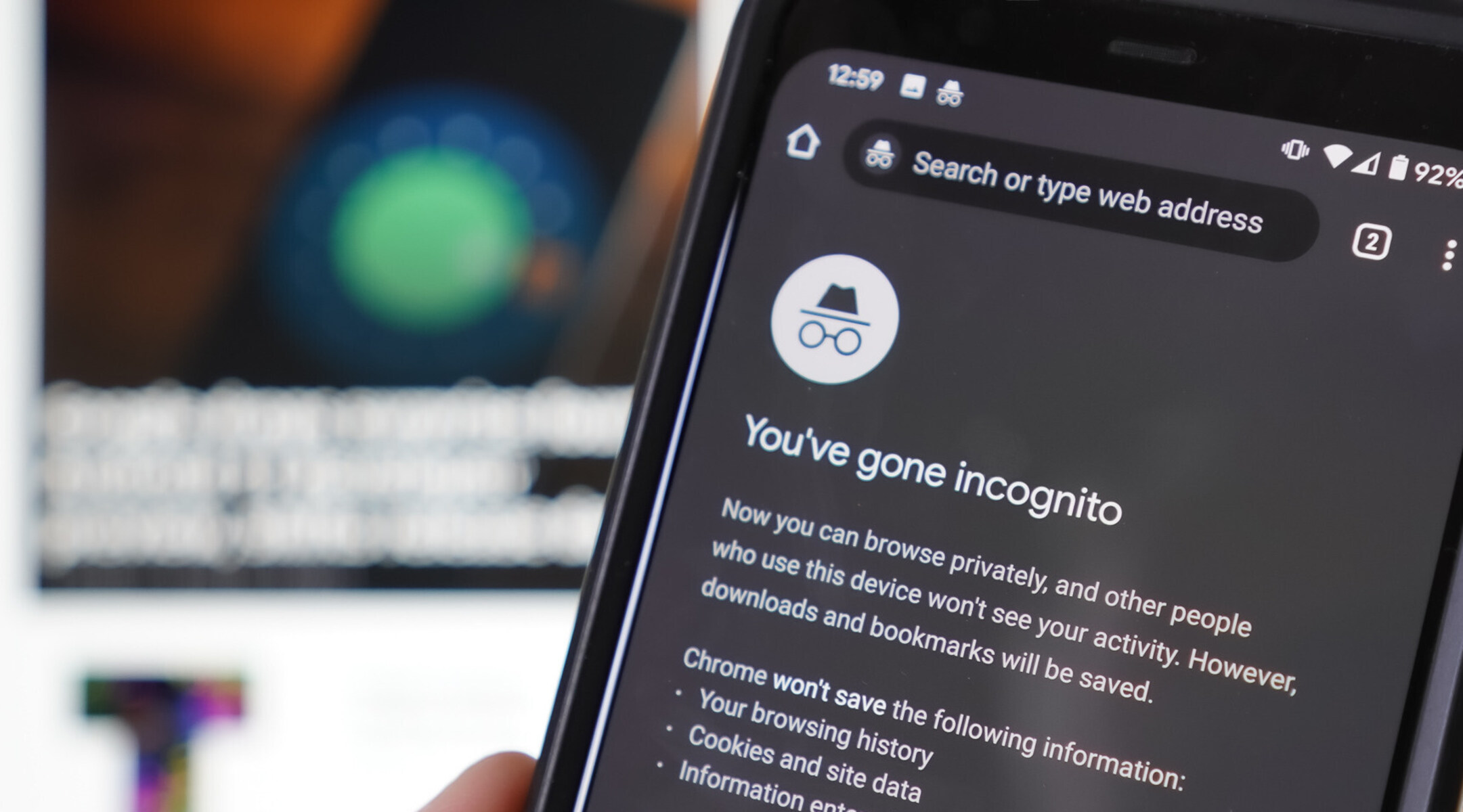Why Disable Incognito Mode?
Incognito mode, also known as private browsing, is a feature available in popular web browsers like Google Chrome. It allows users to browse the internet without leaving any trace of their online activities, including browsing history, cookies, and temporary files. While this feature can be useful for maintaining privacy and preventing others from seeing your browsing habits, there are certain situations where disabling incognito mode may be necessary.
One of the primary reasons to disable incognito mode is for parental control. Parents often want to monitor and regulate their children’s internet usage to ensure their safety and prevent exposure to inappropriate content. By disabling incognito mode, parents can keep track of their children’s browsing history and take necessary actions if they stumble upon websites that are not suitable for their age.
Another reason to disable incognito mode is in educational institutions or workplaces. In these settings, network administrators may want to restrict access to incognito mode to prevent users from bypassing filters and accessing blocked websites. By disabling incognito mode, organizations can enforce their internet usage policies and maintain a secure online environment.
Disabling incognito mode can also be beneficial for businesses that want to have more control over their employees’ online activities. By monitoring browsing history and disabling incognito mode, companies can reduce the risk of employees engaging in non-work-related online activities during working hours, leading to increased productivity and focus.
Lastly, disabling incognito mode can be useful for individuals who are concerned about their online security. While incognito mode provides some level of privacy, it does not protect users from being tracked by internet service providers, government agencies, or malicious websites. By disabling incognito mode, users can ensure that their online activities are better protected by other security measures, such as VPNs or browser extensions.
Overall, while incognito mode can be convenient and helpful for certain scenarios, there are valid reasons for disabling it. Whether it’s for parental control, network administration, workplace productivity, or personal security, disabling incognito mode provides individuals and organizations with more control over their online activities and helps promote a safer and more responsible internet environment.
Steps to Disable Incognito Mode on Chromebook
There are several methods you can use to disable incognito mode on your Chromebook. Here are four different approaches you can try:
- Using Family Link:
- Open the Family Link app on your Android or iOS device.
- Choose your child’s account and go to the “Manage Settings” section.
- Select “Filters on Google Chrome” and toggle off the “Allow incognito” option.
- Save the changes and incognito mode will be disabled for your child’s account.
- Using Chrome OS Settings:
- Click on the time in the bottom-right corner of your screen.
- Select the gear icon to open the Settings menu.
- Scroll down and click on “Privacy and security.”
- Under the “Security” section, click on “Site Settings.”
- Scroll down and select “Additional settings.”
- Toggle off the “Allow in incognito” option.
- Using Command Line:
- Press
Ctrl + Alt + Tto open the terminal window. - Type
shelland hit Enter. - Enter the following command:
sudo adduser <username> chronos, replacing <username> with your username. - Restart your Chromebook, and incognito mode will be disabled.
- Using a Third-Party Extension:
- Open the Chrome Web Store on your Chromebook.
- Search for a third-party extension that allows you to disable incognito mode.
- Choose a trusted extension, read the reviews, and click “Add to Chrome” to install it.
- Follow the extension’s instructions to disable incognito mode.
If you’re managing a Chromebook for a child’s account through Family Link, you can disable incognito mode using the parental control settings. Simply follow these steps:
If you have administrative access to your Chromebook, you can disable incognito mode by accessing the Chrome OS Settings. Follow these steps:
If you’re comfortable using the command line, you can use the terminal on your Chromebook to disable incognito mode. Here’s how:
If you prefer a more user-friendly approach, you can install a third-party extension that disables incognito mode. Here’s how:
By following these steps, you can easily disable incognito mode on your Chromebook. Choose the method that best suits your needs and preferences to promote a more controlled browsing environment.
Method 1: Using Family Link
If you’re managing a Chromebook for a child’s account through Family Link, you can easily disable incognito mode using the built-in parental control settings. Here’s how to do it:
- Open the Family Link app on your Android or iOS device. If you haven’t installed it yet, download it from the Google Play Store or Apple App Store and sign in with your parental account.
- Choose your child’s account from the list of managed accounts.
- Go to the “Manage Settings” section for your child’s account.
- Scroll down and select “Filters on Google Chrome.”
- Toggle off the “Allow incognito” option.
- Save the changes by tapping on the “Save” button.
By following these steps, incognito mode will be disabled for your child’s account on the Chromebook. This means that your child will no longer be able to browse the internet privately and their browsing history will be accessible to you as the parent.
It’s important to note that Family Link provides a range of other parental control features, such as setting screen time limits, managing app installations, and monitoring online activities. By utilizing these features, you can ensure a safer and more controlled online experience for your child.
Keep in mind that Family Link only works for managed accounts, so if you’re using a Chromebook with a regular Google account or as an adult user, this method may not apply to you. In such cases, you can explore other methods, such as using Chrome OS settings or installing third-party extensions, to disable incognito mode.
Remember to periodically review and update your family’s internet usage settings to align with your child’s age, maturity, and individual needs. Open communication and regular discussions about online safety are also crucial for fostering a responsible and informed approach to internet use for your children.
Method 2: Using Chrome OS Settings
If you have administrative access to your Chromebook, you can disable incognito mode by accessing the Chrome OS Settings. Follow these steps:
- Click on the time in the bottom-right corner of your screen. This will open the system menu.
- From the system menu, select the gear icon to open the Settings menu.
- In the Settings menu, scroll down and click on “Privacy and security.”
- Under the “Security” section, click on “Site Settings.”
- Scroll down and select “Additional settings.”
- Locate the “Incognito mode” option and toggle it off to disable it.
By following these steps, you will disable incognito mode on your Chromebook. This means that the option to open new incognito windows or tabs will be removed from your browser, preventing you or anyone using your Chromebook from browsing the internet privately.
With incognito mode disabled, your browsing history, cookies, and other temporary files will be recorded as usual, making it easier to track your online activities. This can be beneficial for organizations or individuals who want to maintain better control over internet usage or ensure compliance with policies and regulations.
It’s important to note that this method requires administrative access to the Chromebook. If you’re using a Chromebook provided by your workplace or school, you may need to consult with your IT administrator to perform these settings changes.
If you ever want to re-enable incognito mode, simply follow the same steps and toggle the “Incognito mode” option back on in the Chrome OS Settings.
By utilizing the Chrome OS Settings, you can easily manage and configure various aspects of your Chromebook’s browsing behavior, security settings, and privacy preferences. Take the time to explore these settings and customize them to best suit your needs and preferences.
Method 3: Using Command Line
If you’re comfortable using the command line, you can disable incognito mode on your Chromebook by following these steps:
- Press
Ctrl + Alt + Ton your keyboard to open the terminal window. - Type
shelland hit Enter to access the command shell prompt. - Now, enter the following command:
sudo adduser <username> chronos, replacing <username> with your actual username. - Press Enter and provide your user password when prompted. Note that you won’t see any characters appearing on the screen as you type your password.
- Wait for the process to complete. Once it’s done, you can close the terminal window.
- Restart your Chromebook.
By following these steps, you will have disabled incognito mode on your Chromebook through the command line. This method adds your user account to the “chronos” group, effectively removing the ability to use incognito mode.
It’s worth mentioning that this method requires some familiarity with the command line and system administration. If you’re not comfortable using the terminal or making system-level changes, it’s recommended to explore other methods, such as using Chrome OS settings or installing third-party extensions, to disable incognito mode.
If you ever want to re-enable incognito mode in the future, you can simply remove your user account from the “chronos” group through the command line using the following command: sudo deluser <username> chronos.
It’s important to exercise caution when making changes through the command line to avoid any unintended consequences. If you’re unsure or have any concerns, it’s advisable to seek assistance from a knowledgeable individual or your IT support team.
By leveraging the command line, you can access advanced settings and perform system-level changes that may not be available through the graphical user interface. This offers a higher level of customization and control over your Chromebook’s functionalities.
Method 4: Using a Third-Party Extension
If you prefer a user-friendly approach, you can disable incognito mode on your Chromebook by installing a third-party extension specifically designed for this purpose. Follow these steps:
- Open the Chrome Web Store on your Chromebook.
- In the search bar, type in keywords like “disable incognito mode” or “block private browsing.”
- Review the available extensions and choose one that suits your needs. Ensure that the extension has positive reviews, a high rating, and comes from a reputable developer.
- Click on the extension to view its details and features. Pay attention to the instructions provided by the developer.
- Once you have decided on an extension, click on the “Add to Chrome” button to install it.
- Follow the on-screen instructions provided by the extension to complete the installation and configuration process.
By installing a third-party extension, you can easily disable incognito mode on your Chromebook without having to tweak system settings or use the command line. These extensions often provide additional features and customization options to enhance your browsing experience and maintain better control over your internet usage.
Keep in mind that while third-party extensions can offer convenience and functionality, it’s essential to choose reputable extensions from trusted sources. Read user reviews, check the extension’s permissions, and be cautious of extensions that may compromise your privacy or security.
If you ever want to enable incognito mode again or remove the extension, you can do so by going to the Chrome Web Store’s “Extensions” page. From there, you can manage your installed extensions, disable or remove them as needed.
Remember to periodically review your installed extensions and ensure they’re up to date. Outdated extensions may pose security risks or compatibility issues with newer versions of Chrome OS.
Using third-party extensions is a convenient and accessible way to customize your Chromebook’s functionality. However, exercise caution and be mindful of the potential risks associated with using extensions from untrustworthy sources.
Potential Risks and Concerns
While disabling incognito mode on your Chromebook can provide certain benefits, it’s important to consider the potential risks and concerns associated with this action:
1. Reduced Privacy: Disabling incognito mode means that your browsing activities will no longer be kept private. Browser history, cookies, and other temporary files will be stored, making it easier for others to track your online behavior. Be aware of this trade-off and ensure you are comfortable with the potential loss of privacy.
2. Overriding User Preferences: Disabling incognito mode may override the preferences of other users sharing the Chromebook. If you are using a shared device, it’s important to communicate and seek consensus from all users before making changes that affect their browsing experience.
3. System Modifications: Methods like using the command line or installing third-party extensions involve making modifications to the system settings. Any changes made at this level can have unintended consequences or conflicts with other software. It’s crucial to exercise caution and proceed with confidence or seek assistance to avoid any potential issues.
4. reliance on Third-Party Extensions: When using third-party extensions to disable incognito mode, you are relying on the trustworthiness and security of the extension developer. Choosing reputable and verified extensions from trusted sources can help mitigate this risk. Regularly reviewing and updating your installed extensions can also help ensure a safer browsing experience.
5. Compatibility Issues: Disabling incognito mode through certain methods, such as using command line or extensions, may lead to compatibility issues with future software updates or changes in the Chrome OS. Always check for updates and ensure that the method you choose remains viable as the Chromebook’s operating system evolves.
It’s important to consider these potential risks and concerns before disabling incognito mode. Assess your specific needs and circumstances, and choose the most suitable method that aligns with your privacy preferences and browsing requirements.
Remember that there are alternative ways to enhance privacy and security while still using incognito mode, such as utilizing VPNs, ad-blockers, or managing your browsing habits consciously. Prioritize your online safety and find the right balance between privacy and convenience.
Final Thoughts
Disabling incognito mode on your Chromebook can have several practical applications, whether you’re a parent managing your child’s internet usage, an organization enforcing browsing policies, or an individual concerned about online security. However, it’s essential to carefully consider the implications and potential risks associated with this action.
Each method of disabling incognito mode offers its own advantages and considerations. Using Family Link provides parental control features specifically designed for managing children’s accounts, while utilizing Chrome OS settings allows for system-level control. The command line method offers more technical control, and third-party extensions provide a user-friendly approach. Choose the method that best suits your needs and technical comfort level.
When disabling incognito mode, it’s crucial to be aware of the trade-offs, such as reduced privacy and potential conflicts with other software. Take the time to evaluate the risks and make informed decisions based on your unique circumstances.
Remember that while disabling incognito mode can address specific needs, it’s just one aspect of maintaining a safe and responsible online environment. Combining it with other security measures, such as utilizing strong passwords, keeping software up to date, and being cautious of phishing attempts, can further enhance your online protection.
Ultimately, the decision to disable incognito mode on your Chromebook should align with your preferences, requirements, and concerns. Regularly reassess your settings and adjust them as needed. The most important thing is to strike a balance between privacy, security, and convenience while fostering responsible internet use.
By understanding the available methods, potential risks, and your own priorities, you can confidently make informed decisions and create a browsing environment that suits your needs and preferences.







